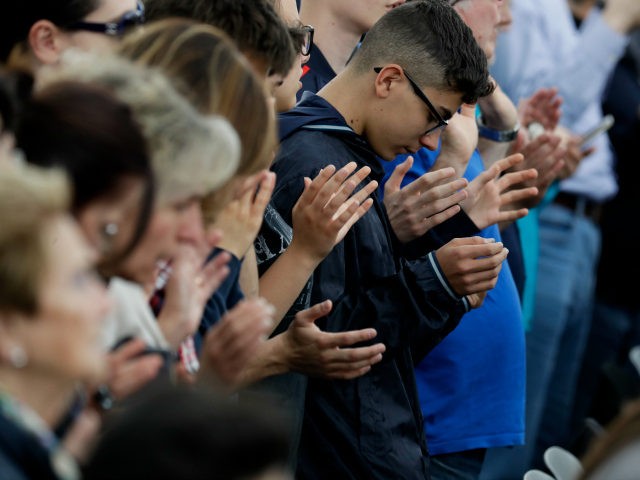ROME — The Italian government permitted churches to reopen for public worship Monday but not without pages of meticulously worded rules, regulations, and restrictions.
The new norms span everything from the number of faithful permitted within each church based on its floor area, to the priests’ wearing of masks and gloves during the distribution of Holy Communion, to the social distancing between congregants, to sanitization procedures and of course the absence of holy water.
The give-and-take between church and state in the time of coronavirus — and the authority and autonomy of each — began peacefully, when the Catholic Church spontaneously suspended public worship in early March, to the dismay of many of the faithful.
Even prior to Italy’s national lockdown, the Italian bishops’ conference cancelled the celebration of weekday Masses in areas of the north of the country, followed by subsequent suspension of all Masses throughout the country, even on Sundays.
Relations between the Italian government and the Italian bishops cooled quickly, however, when Prime Minister Giuseppe Conte announced in late April that according to his new regulations for phase 2 of the national lockdown, which went into effect on May 4, many businesses could open up but the ban on public Masses and other liturgical services would remain in effect.
The Italian bishops had proposed May 3 as the date for reopening churches for public worship, to coincide with the state’s transition to phase two of the national lockdown on May 4 and the return to work of many Italians.
The Italian Bishops’ Conference took no time in responding to Mr. Conte’s announcement, issuing a strongly worded rebuke to the prime minister over his “arbitrary” decision to exclude public worship from the activities being opened up.
In their communiqué, the bishops said that during ongoing negotiations with the government, they had repeatedly insisted that when the restrictions were reduced “the Church demands to be able to resume its pastoral action.”
Now, after these weeks of negotiation, “the Prime Minister’s decree passed this evening arbitrarily excludes the possibility of celebrating Mass with the people,” they said.
The bishops also reminded the government bodies of their obligation to distinguish between their area of competence and that of the Church, noting that the Church organizes the life of the Christian community “in the fullness of its own autonomy.”
In the face of the unusual resistance from the bishops, the Italian government yielded, announcing soon after that public Masses could resume on Monday, May 18.
On Monday morning, Pope Francis celebrated an early morning Mass for a handful of people in St. Peter’s Basilica to commemorate the 100-year anniversary of the birth of St. John Paul II.
Other priests around Rome followed suit, renewing their ordinary Mass schedules. Daily Masses normally have relatively few in attendance, so the week of “practice” will presumably get parishes accustomed to the new norms before Sunday sees the return of the full flock.

COMMENTS
Please let us know if you're having issues with commenting.